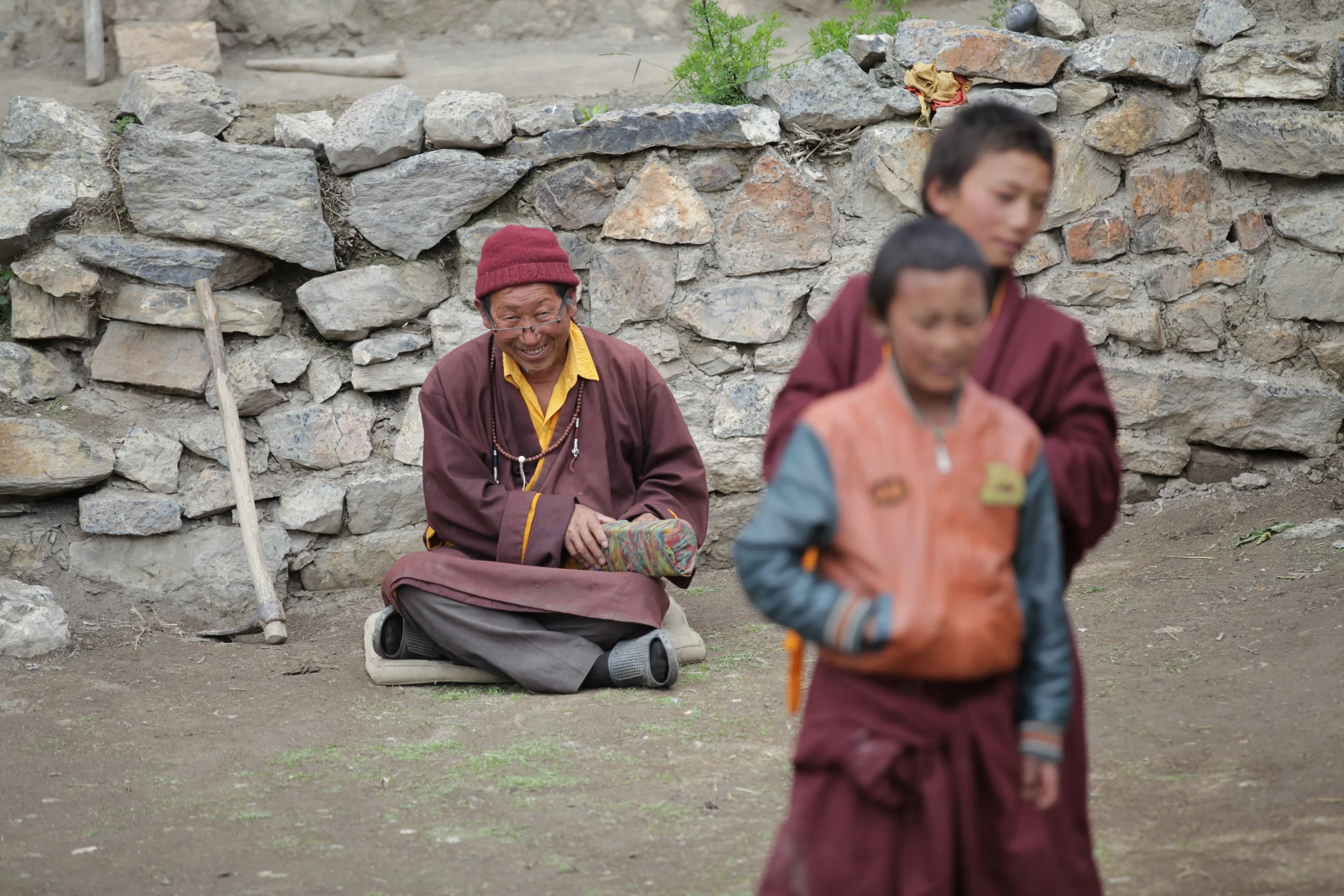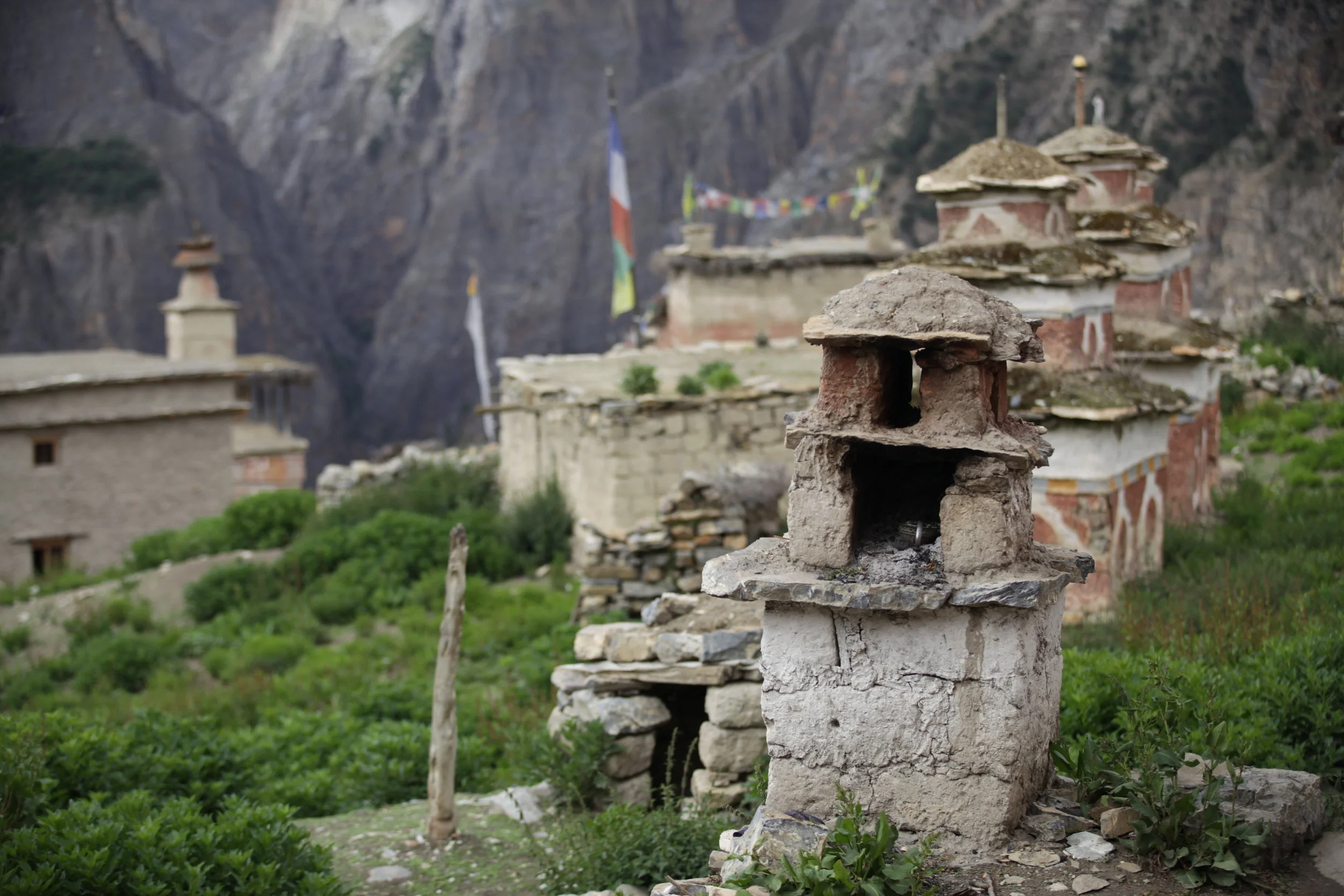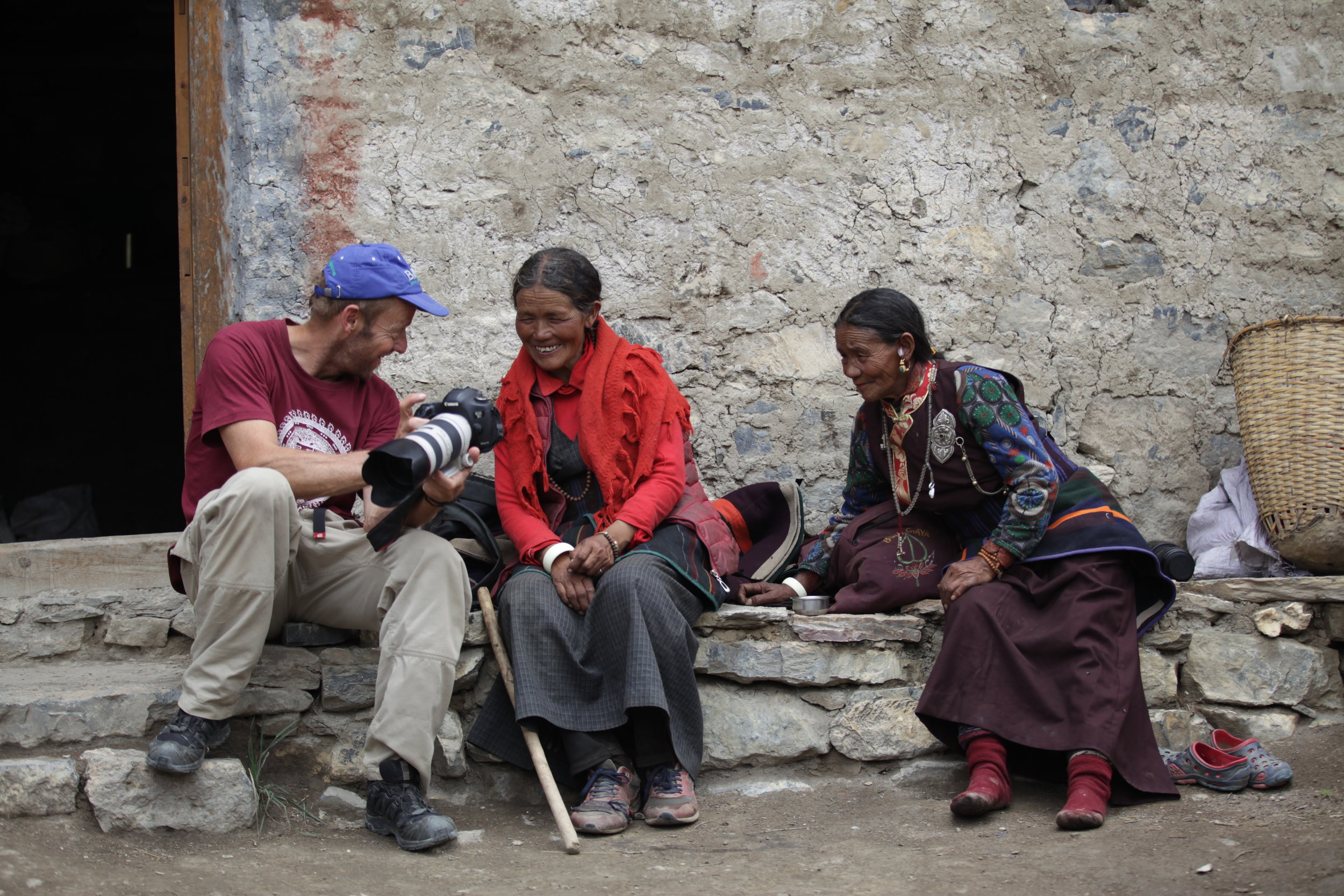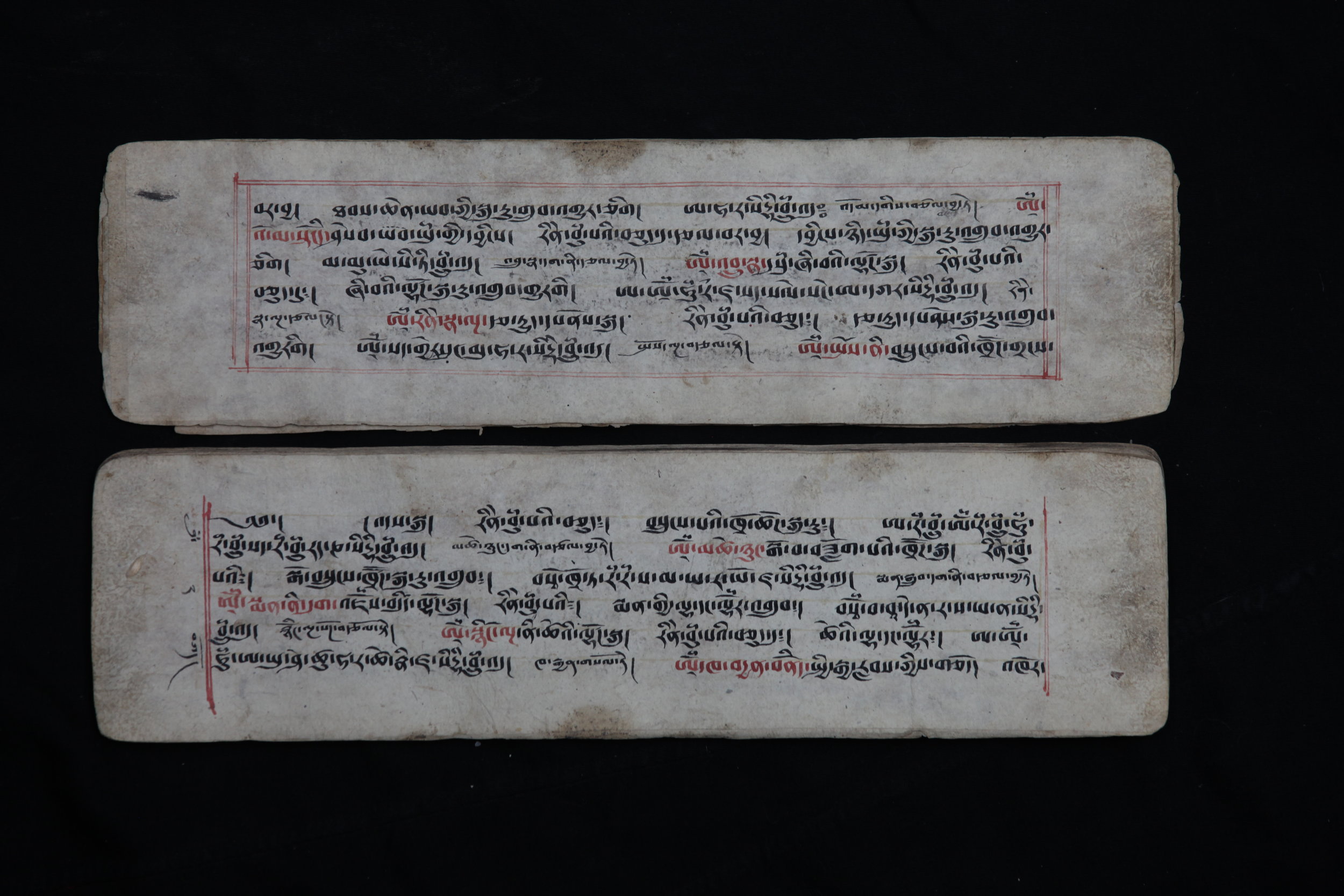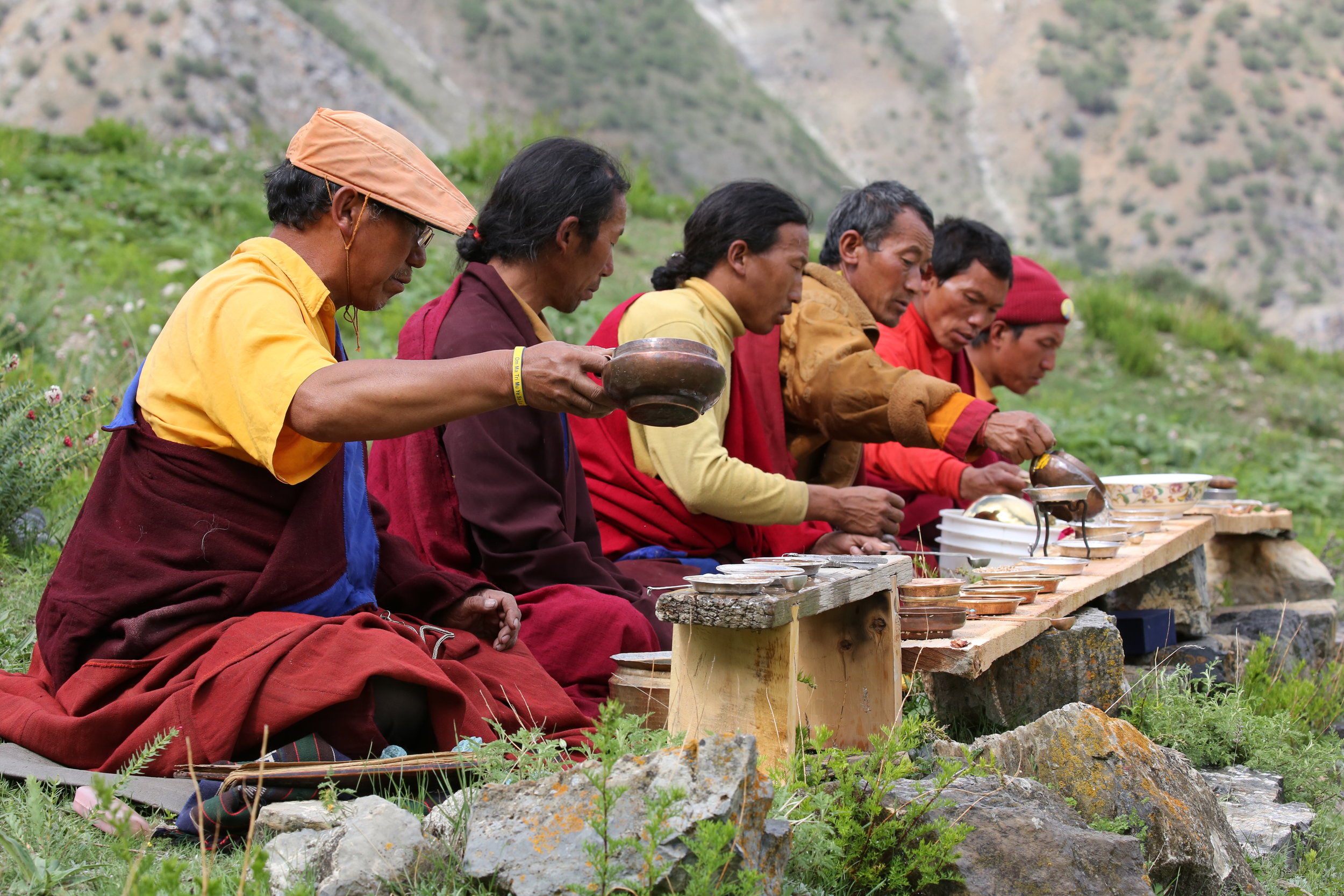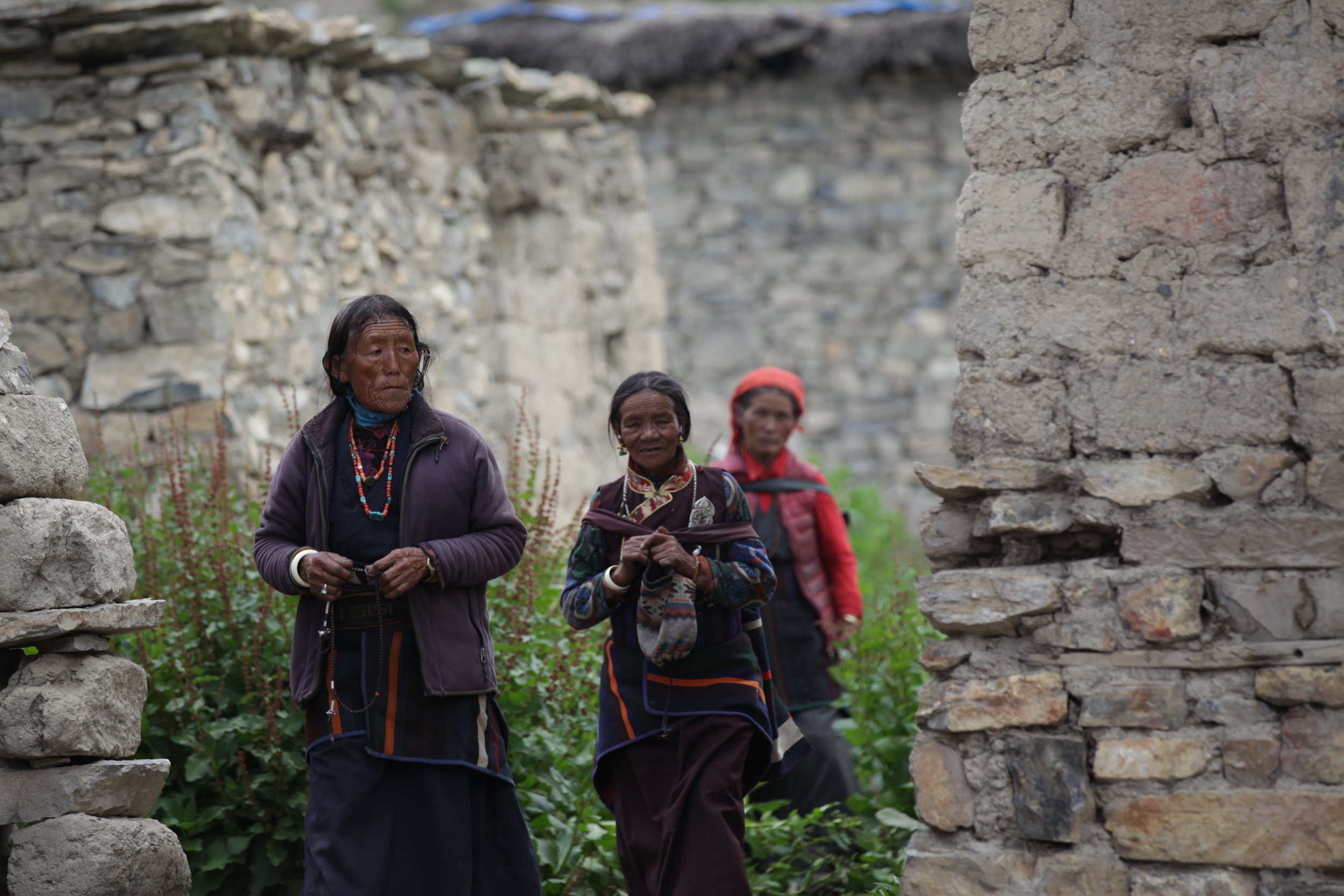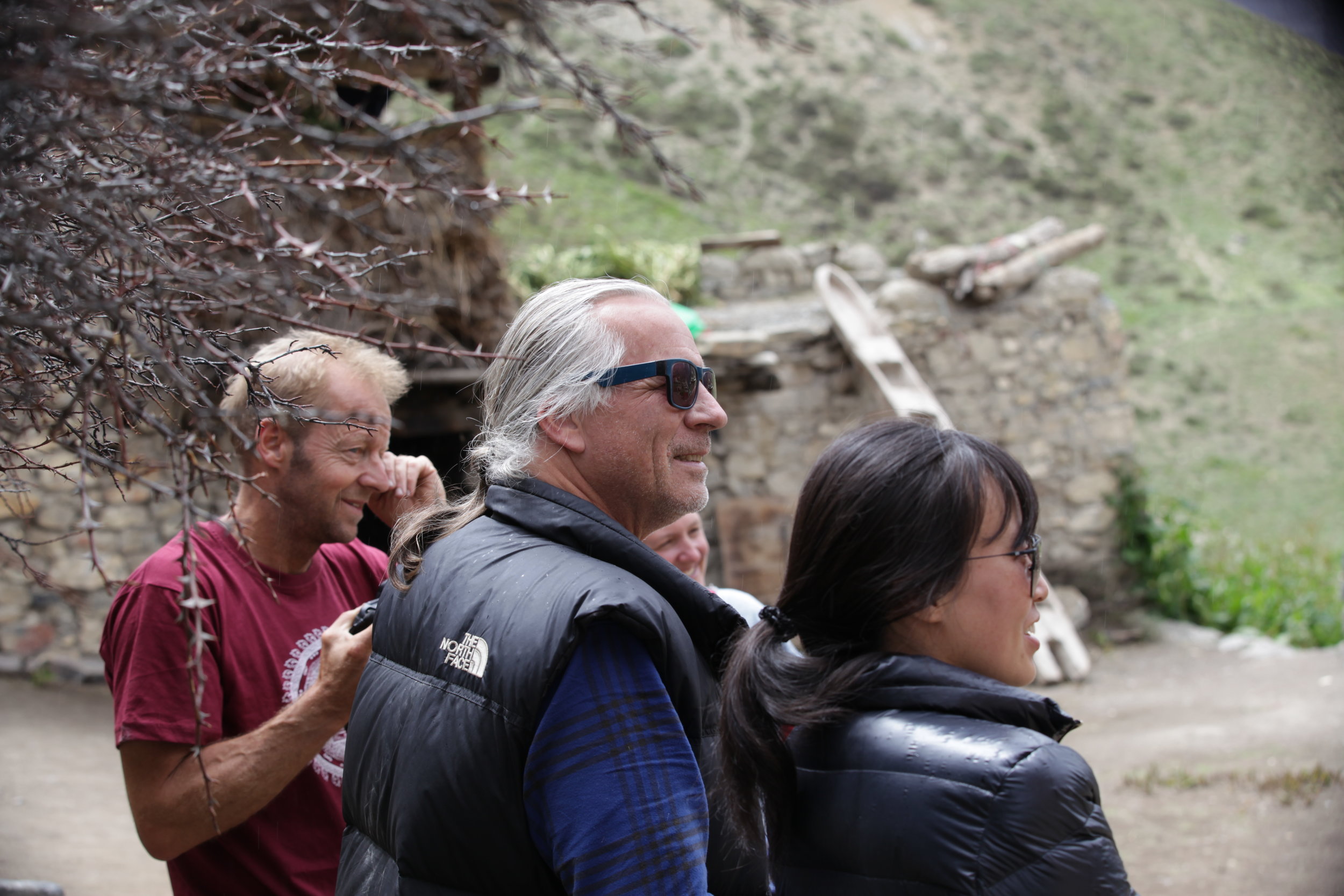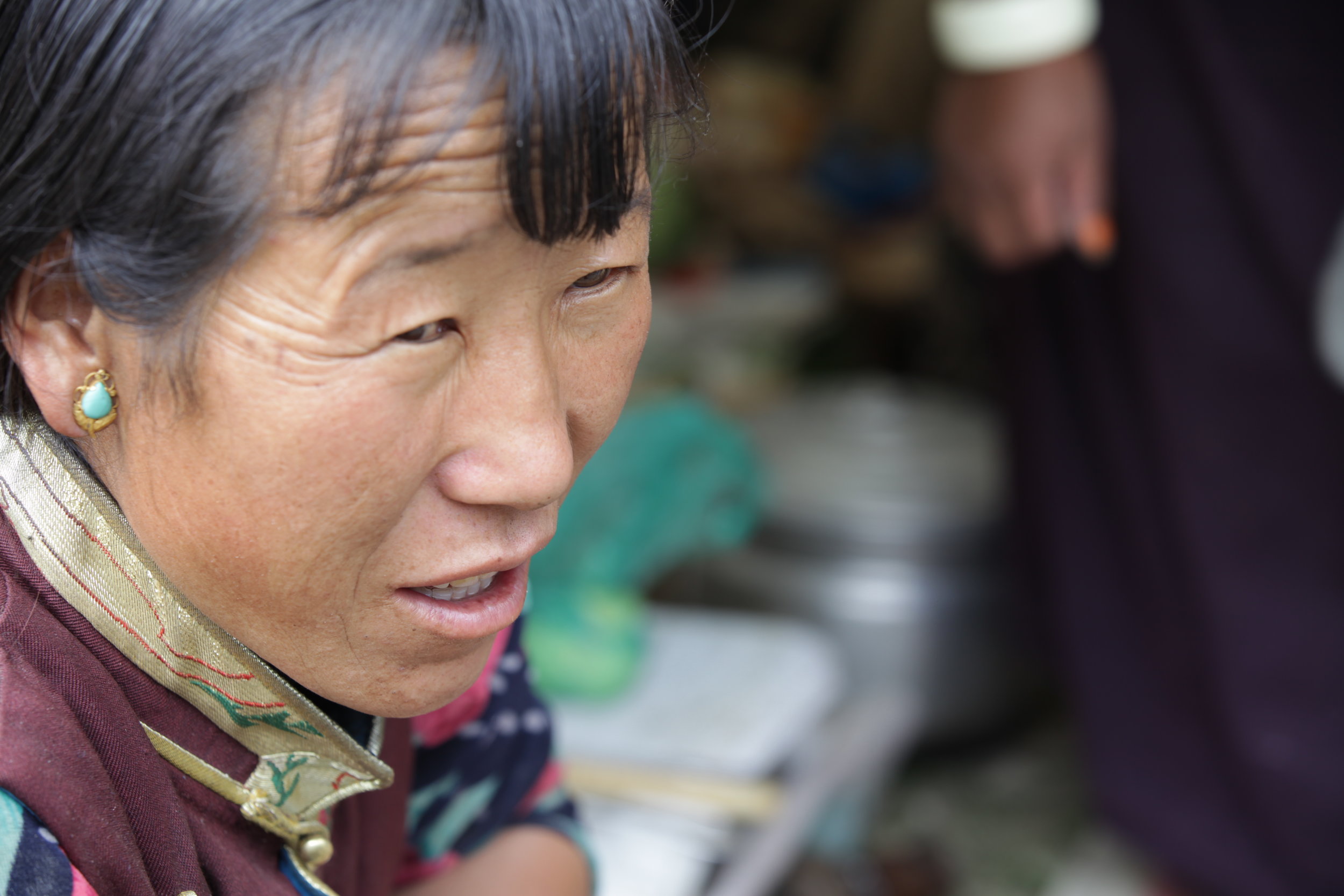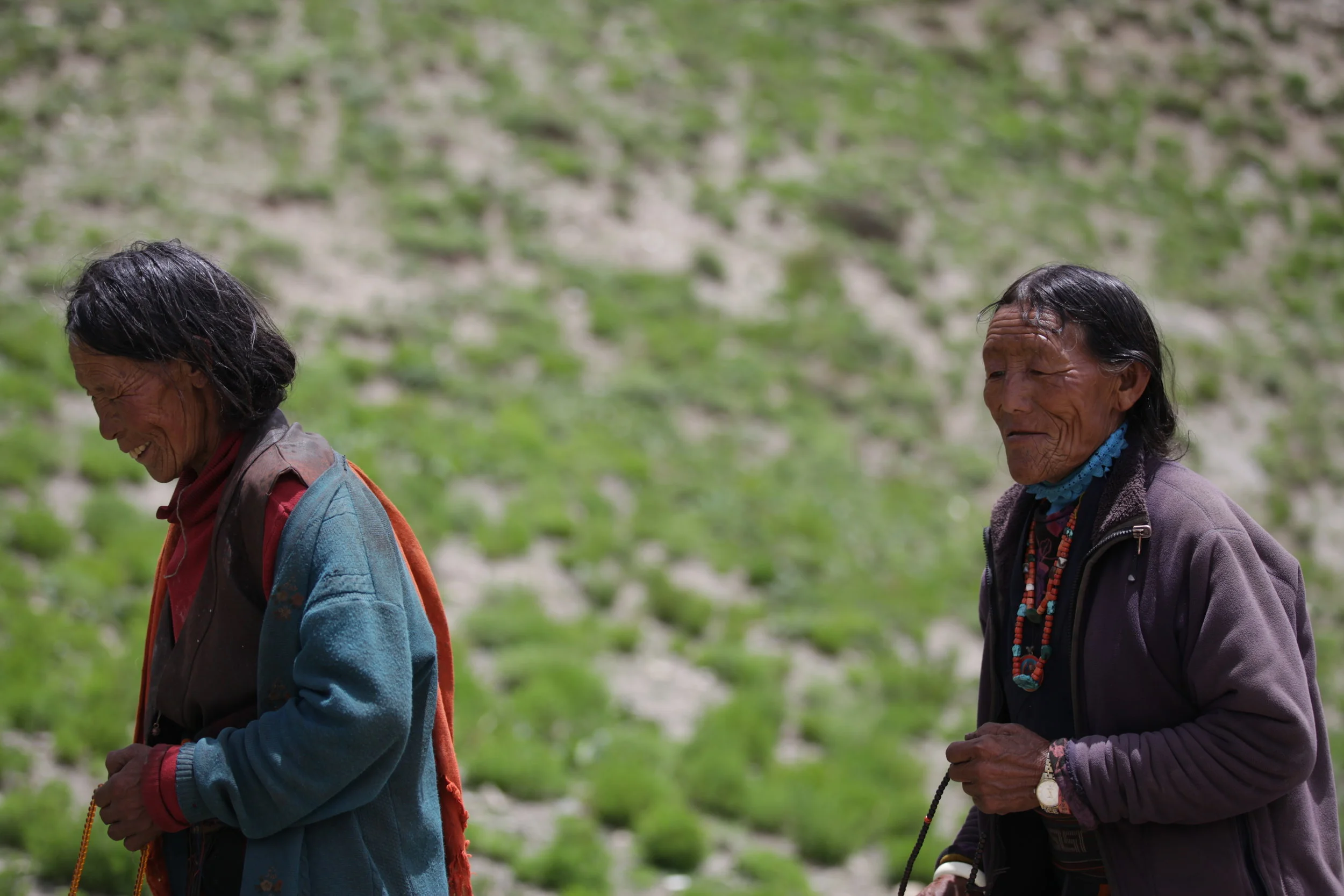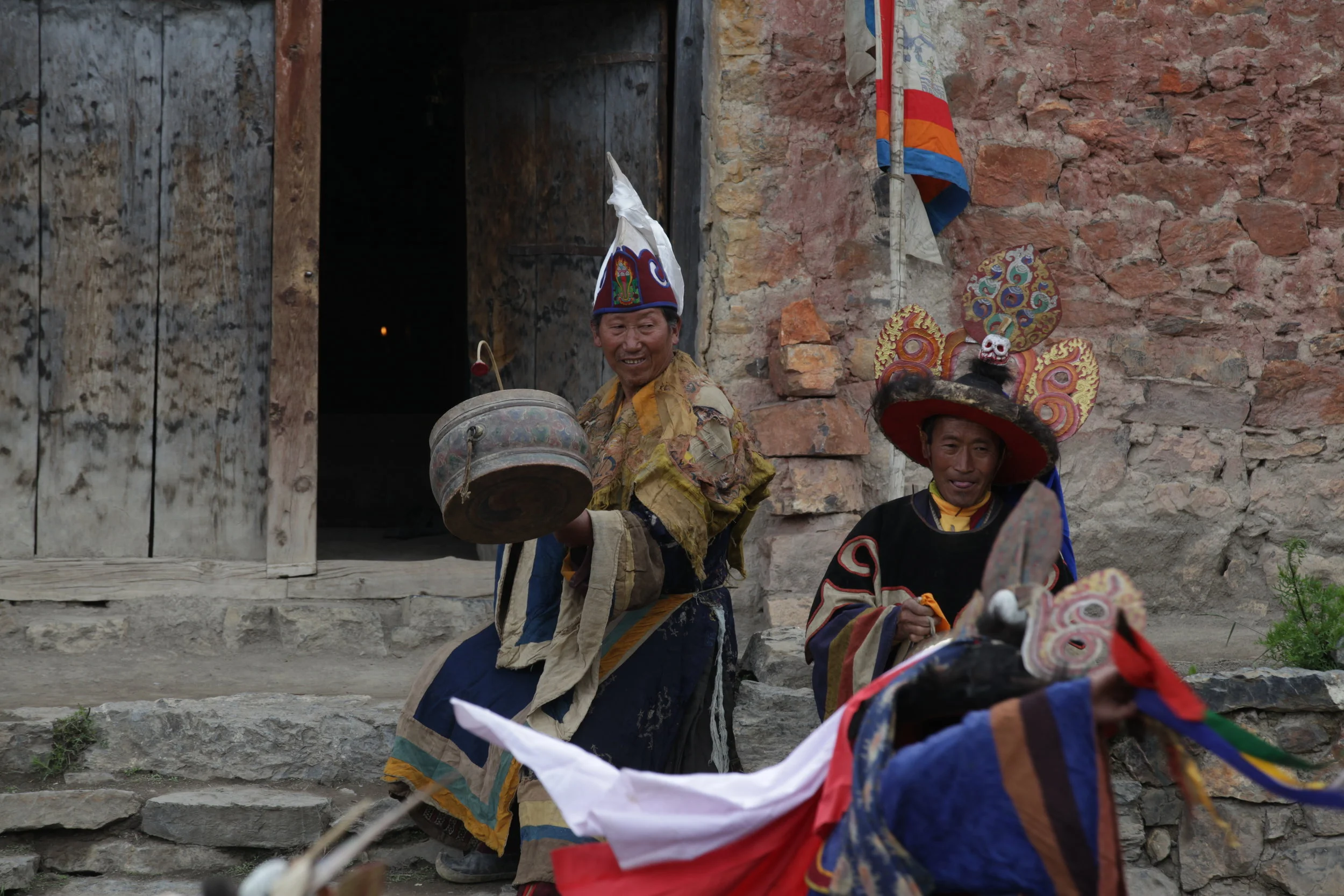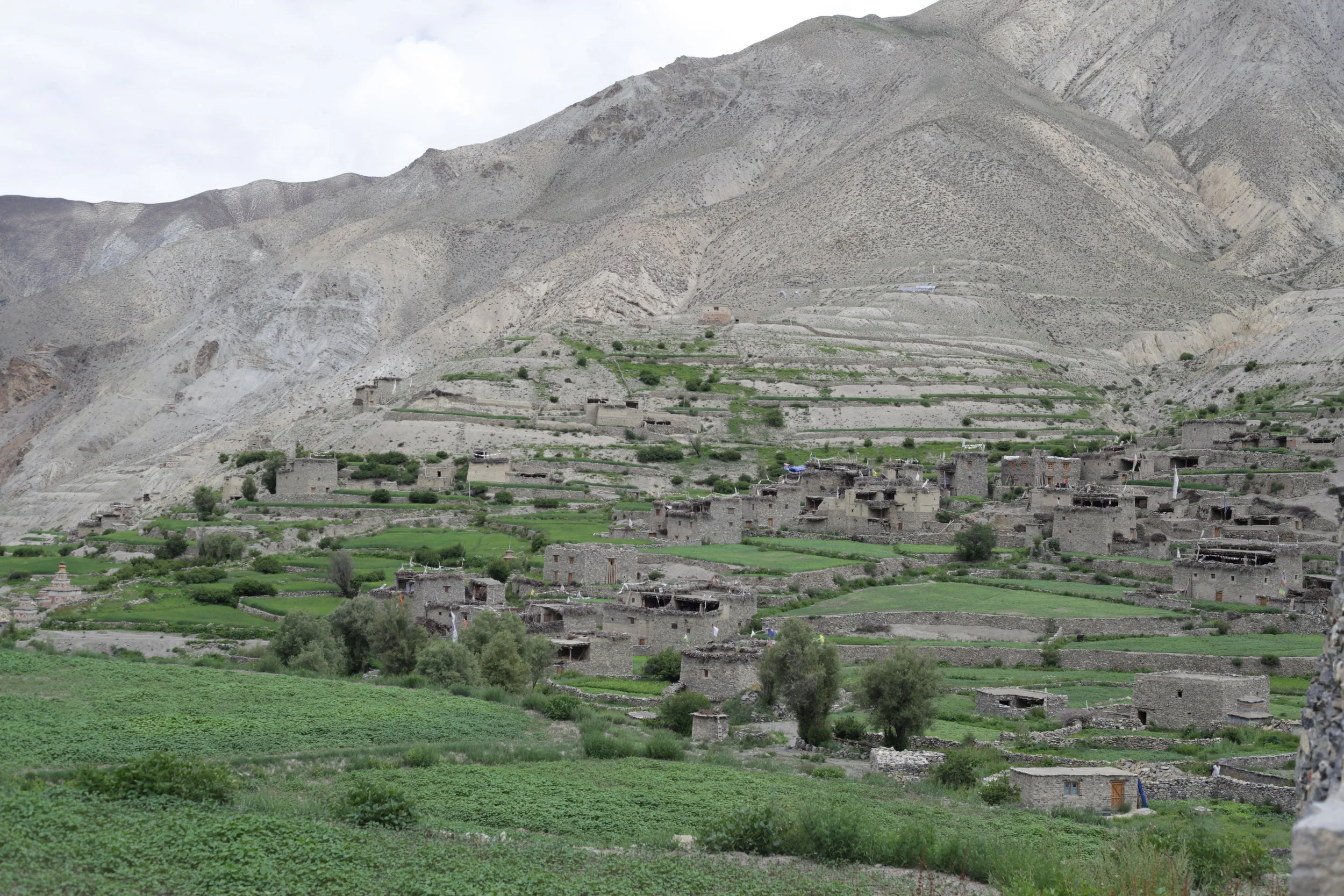
BEFORE THE ROAd, Dolpo SAMLINg Monastery, NEpal
Over the last 10 years a small team of academics and local fixers backed by the Guinness Foundation have been steadily documenting and recording a rare set of rituals unique to Bon religion.
These projects take a lot of planning and organising as the places where this religion and the rituals are practised are often very remote.
Bon, also spelled Bön, is a Tibetan religion, which self-identifies as distinct from Tibetan Buddhism, although it shares the same overall teachings and terminology. It arose in the eleventh century in ethnic Tibet.
Ethnic Tibet is not confined culturally to China's Tibet Autonomous Region. The broader area of ethnic Tibet also includes, to the east and north, parts of the Chinese provinces of Sichuan, Qinghai, Gansu and Yunnan and the southern Xinjiang Uyghur Autonomous Region; to the southwest, the Indian territories of Ladakh, Lahaul and Spiti and the Baltistan region of Pakistan; the extreme northwest of Assam; and to the south, Bhutan, Sikkim, and parts of northern Nepal, such as Mustang and Dolpo, the regions in northeastern Nepal inhabited by Sherpa and Tamang peoples, and extreme northern Burma (Myanmar). Even parts of modern Bangladesh were once a part of this "Greater Tibet."
For this project we were in Dolpo in Northwest Nepal with a Bonpo practising community who live in a village called Samling.
Currently Samling is around 8 days walk from the nearest road and town. However the Chinese are steadily building transport links which are making their way into Nepal and through these remote areas. It has been the life work of leading Tibetologist Prof. Charles Ramble to preserve and better understand these ancient rituals and if possible capture them visually before this happens.
Habitus was asked to provide assistance with capturing the visual narrative. We delivered stills and audio/video capture for over 24 hours of rituals over a 2 week period. The footage will be used in an online archive where it will be possible to look at high quality copies of the Bonpo texts being read by the Lama and monks whilst simultaneously watching footage of the different rituals as well as having access to stills photography from the surrounding area, the people and the religious activities which took place. In essence once the archive is complete you will have the ability to be transported into the mountains and immerse yourself in this ancient way of life and beautiful Himalayan world.
